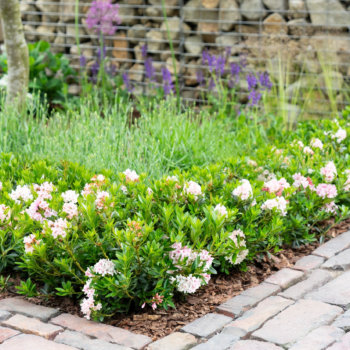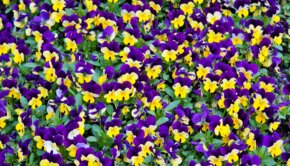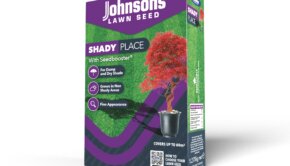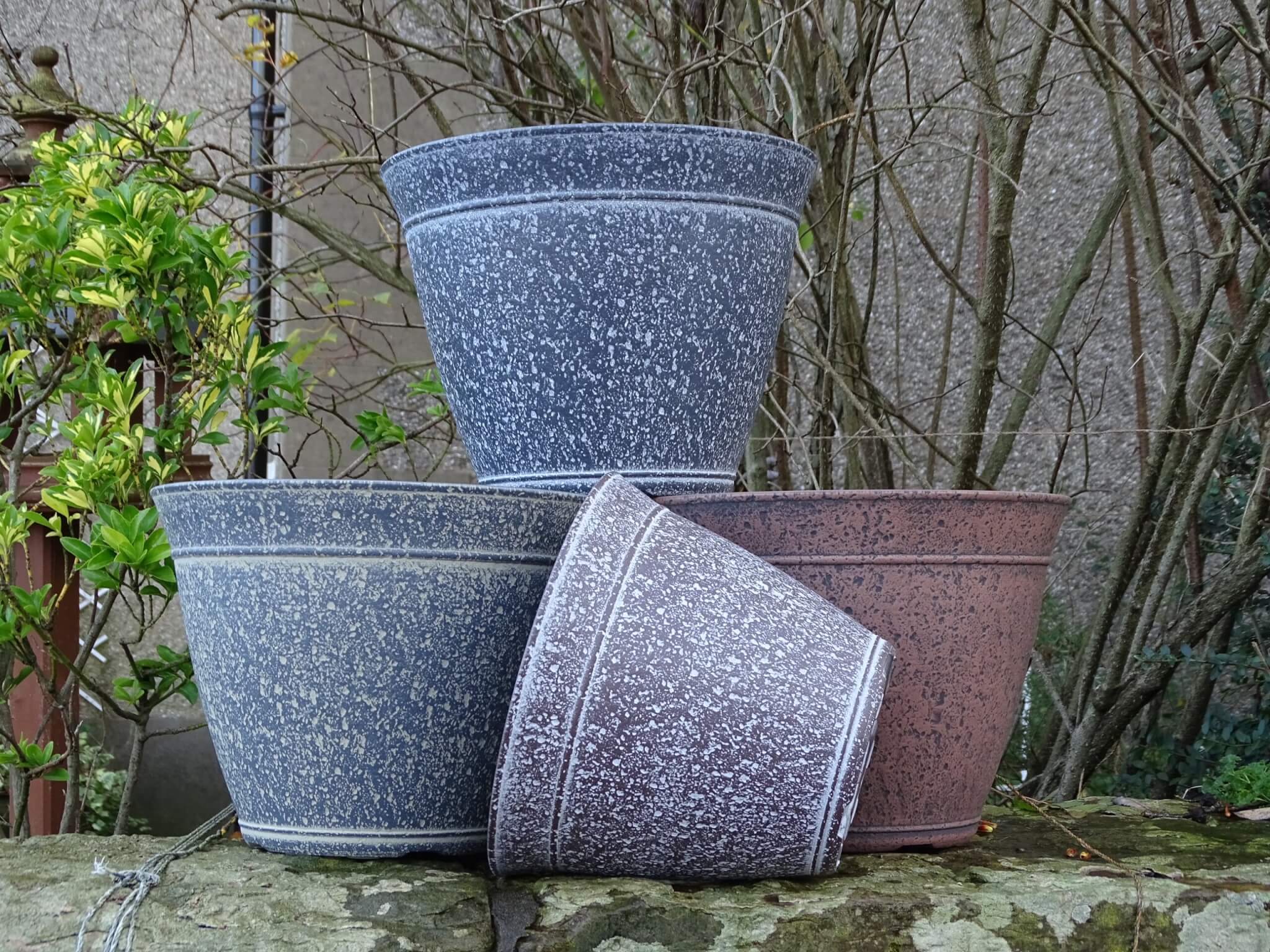Bloombux: the evergreen dwarf rhododendron that can be used in many ways

Whether as a group in a bed, as a solitary in a container or as a border for herb beds and the like, Bloombux provides lush green accents all year round
20 October 2022
As a popular alternative to boxwood, which has long been struggling with diseases such as fungus or the boxwood borer, Bloombux, the dwarf rhododendron, is getting more and more attention. Apart from its uncomplicated nature, robust growth, and splendid flowering from May onwards, this is mainly due to its wide range of uses. Whether as a group in a bed, as a solitary in a container or as a border for herb beds and the like, Bloombux provides lush green accents all year round.
Crossed from the two rhododendron wild species hirsutum and micranthum, Bloombux convinces with its easy-care properties. The slow-growing dwarf rhododendron loves a loose soil, but unlike classic rhododendrons it does not need a particularly acidic environment. On the contrary: Bloombux will grow in almost any loose garden soil in a sunny to semi-shady location. It even has no problem with calcareous soils. Bloombux is now a popular alternative to the classic Buxus, not only on the doorstep or in the garden, but also in grave design. Just as in private gardens, the formerly magnificent boxwood arrangements in cemeteries have a sparse, thinned-out appearance due to pest infestation.
Bloombux can be planted all year round. With a growth height of between 70 and 100 cm, it is ideal for planting a small hedge. Because the small-leaved dwarf rhododendron has a rather large root ball, it is better to dig a planting trench for the hedge planting instead of individual planting holes. If the roots are difficult to detach when potting out, the pot can simply be carefully cut open. The individual Bloombux plants are then placed in the planting trench at a distance of about 30 cm and then watered well. Horn shavings are an ideal organic fertiliser – especially if the bottom of the hedge is to be covered with a mulch layer of conifer bark. This keeps the moisture in the soil, enriches it with humus and even lowers the pH value of the soil in the long term.
If Bloombux is to shine in a container, a sufficiently large plant pot is important. If you want to be on the safe side, go for the next largest pot. If these few requirements are taken into account, nothing will stand in the way of the little rhododendron’s grand entrance.
For more information, visit: www.bloombux.de/en/



 Print
Print









Fans 0
Followers